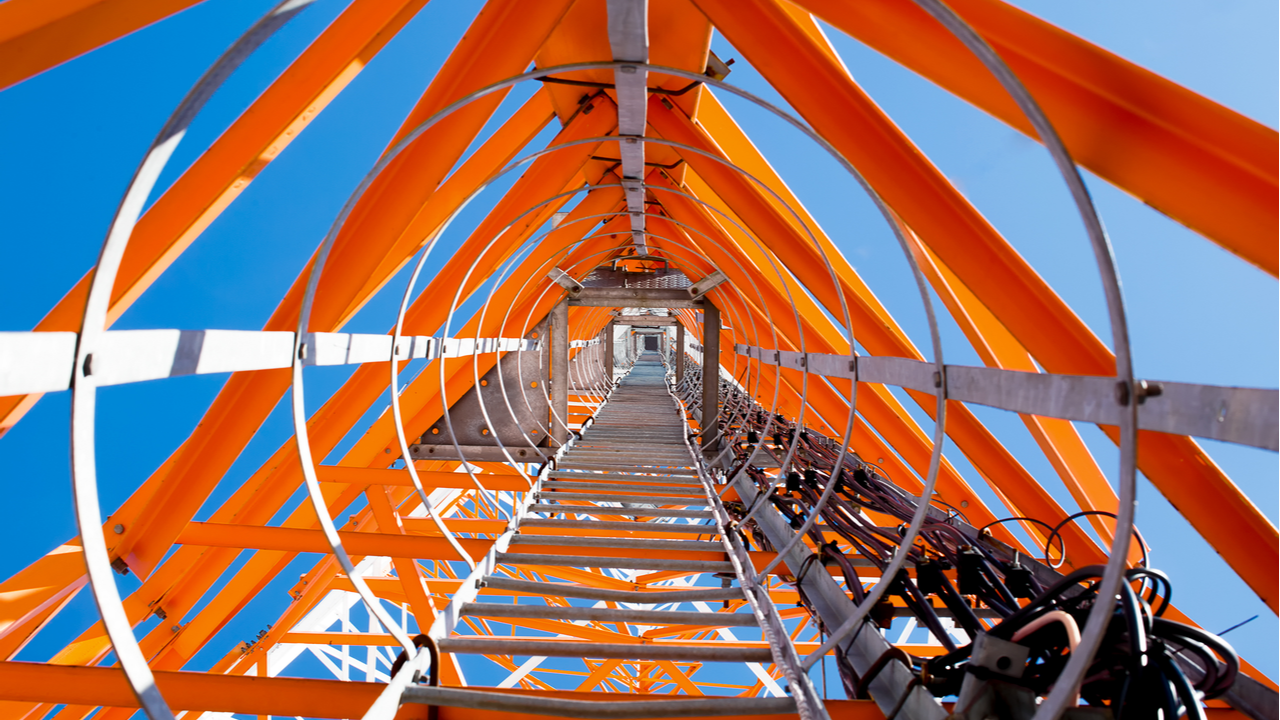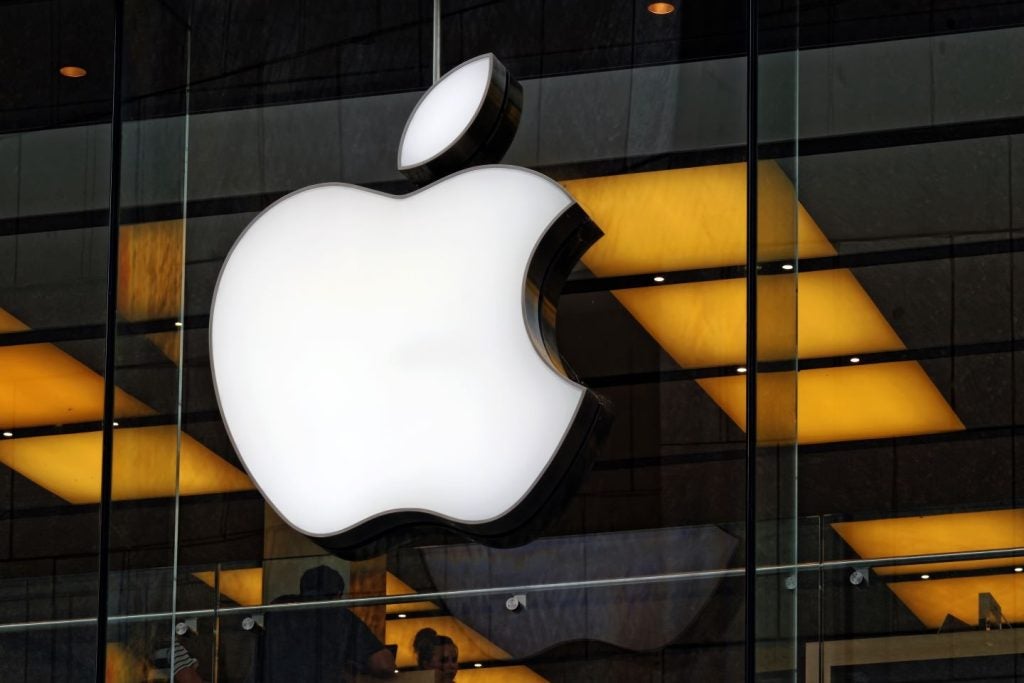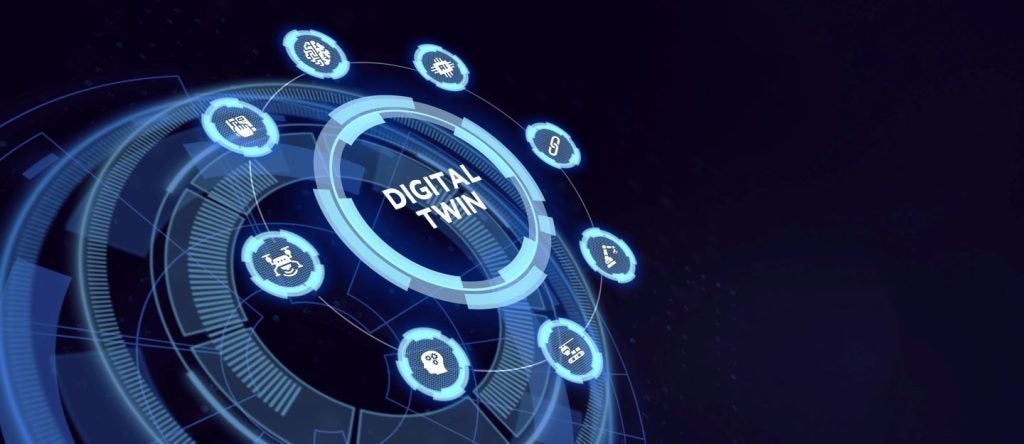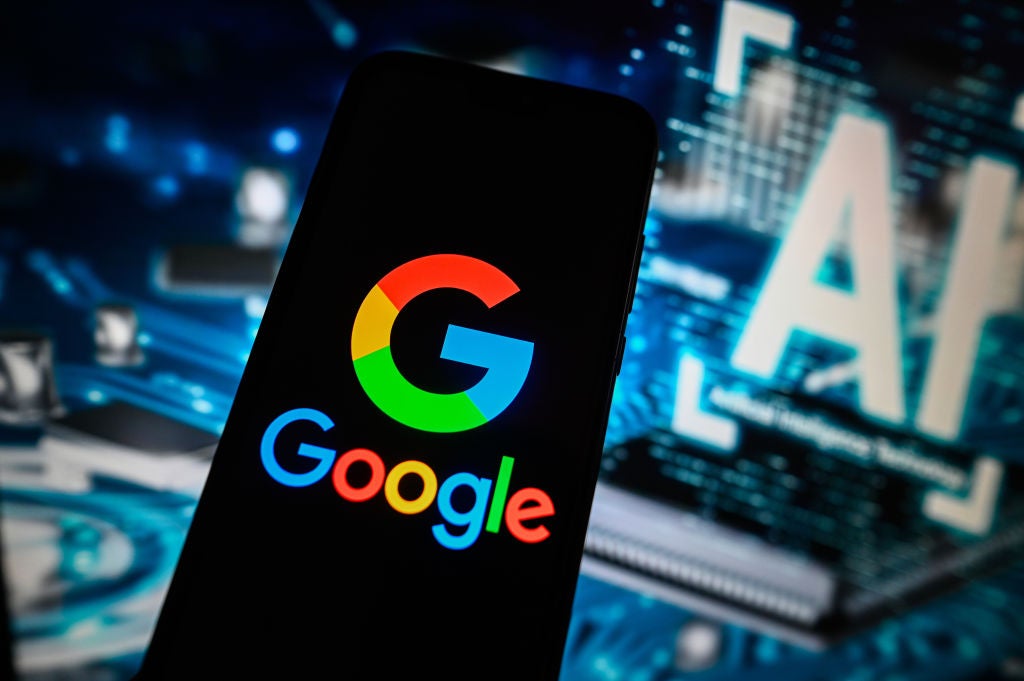
In October 2021, Paris-based multinational telecoms operator Orange announced an agreement with Nokia to increase its use of refurbished network equipment across its entire 26-country footprint. Beginning with radio access network (RAN) equipment – that is, the mobile network – the arrangement will extend to other network infrastructure elements. In taking this step, Orange is establishing an advanced position that it hopes other telecoms groups will follow.
Under its OSCAR circular economy initiative announced in May 2021, Orange had already been using refurbished set-top boxes, home gateways, and handsets. Extending the program to the RAN, however, marks a dramatic expansion in its circular economy efforts. Depending on the carrier, a radio network will contain anywhere from tens to hundreds of thousands of base stations.
Any large-scale upgrade of these networks will likely still use newly manufactured equipment, but even the spare parts and smaller-scale network expansion and densification projects that are the most likely subjects of this agreement still involve significant volume.
The race is RAN
The RAN is also more complex and mission-critical than set-top boxes, supporting multiple users and services with every base station. A failure of one base station disrupts neighboring sites, making equipment reliability essential. Refurbished equipment, therefore, must provide the same reliability and performance as new equipment. Orange France has already been using RAN equipment refurbished by Nokia for the last one and a half years; publicizing and expanding the program is a good sign that the experiment is working.
This program also indicates that a major industry objection to refurbished RAN equipment may be overstated. Manufacturers of base stations and antennas have argued that the improvements in energy efficiency from one technology generation to the next outweigh any cost or environmental savings to be gained by reusing older equipment. Orange’s experience using refurbished equipment in production suggests that this is not the case. First, much of the refurbished equipment it is using belongs to the latest generation; since the in-service period for many RAN elements can be as short as five years, refurbished equipment can still support modern standards while reducing the network’s contribution to both raw material usage and electronic waste. Second, Orange’s experience with older equipment suggests that under real-life network loads it is not necessarily less efficient than the latest version.
Orange and OSCAR
Through the OSCAR platform, Orange is currently industrializing its processes around refurbished equipment, including the procurement processes carried out by BuyIn, its 10-year-old strategic procurement joint venture with Deutsche Telekom. Orange is also encouraging its various business units to buy refurbished equipment from all of its OEMs when it is available; Nokia in particular is expanding the program to refurbish additional classes of network equipment. Orange hopes eventually to coordinate with other carrier groups to move to a more circular economy.
How well do you really know your competitors?
Access the most comprehensive Company Profiles on the market, powered by GlobalData. Save hours of research. Gain competitive edge.

Thank you!
Your download email will arrive shortly
Not ready to buy yet? Download a free sample
We are confident about the unique quality of our Company Profiles. However, we want you to make the most beneficial decision for your business, so we offer a free sample that you can download by submitting the below form
By GlobalDataAt least publicly, Orange is leading the industry in the construction of a circular economy in network equipment. In doing so, it also contributes to its own customer’s supply chain rationalization. Just as Orange is reducing its Greenhouse Gas Protocol Scope 3 emissions (that is, indirect emissions occurring in the company’s value chain) by using Nokia’s refurbished network infrastructure, it is also contributing as a communications services supplier to its enterprise customers’ own Scope 3 emissions reduction targets.








Related Company Profiles
Deutsche Telekom AG